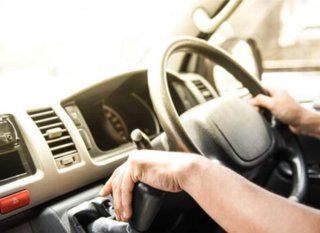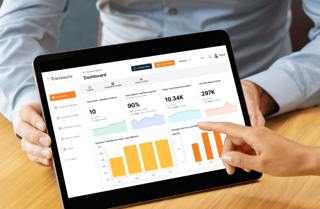Epyx says that the strategy means first trying to dispose of vehicles through the fastest channel offering potentially the best prices and, if this fails, moving down through a variety of channels to the slowest methods with the least control over pricing.
In practice, this usually means first seeing if the existing driver of the vehicle wants to buy it, then offering it through online auction to retail, then to used vehicle traders and dealers, and finally via some of the more traditional routes.
Ken Trinder, head of business development at epyx, said: “We can see through activity on our 1link Disposal Network e-commerce platform that the ‘cascade’ model is becoming widely used by major fleets such as leasing companies.
“It is an approach to disposal that makes a lot of sense and allows large number of cars and vans to be disposed of in a methodical fashion while achieving consistently good returns.”
Trinder added that most fleets used the model in combination with a cherry picking approach to selling individual models.
He said: “Most fleets using the cascade approach will apply it to the vast majority of fleets but also identify individual vehicles for specifically tailored disposal routes.
“For example, if you have a two year old, low mileage prestige 4x4 to sell, it could be that you already know of a franchise dealer who specialises in that model and is likely to have ready buyers and be able to give you a good price.
“It makes sense to use the two approaches side by side.”


















Login to comment
Comments
No comments have been made yet.